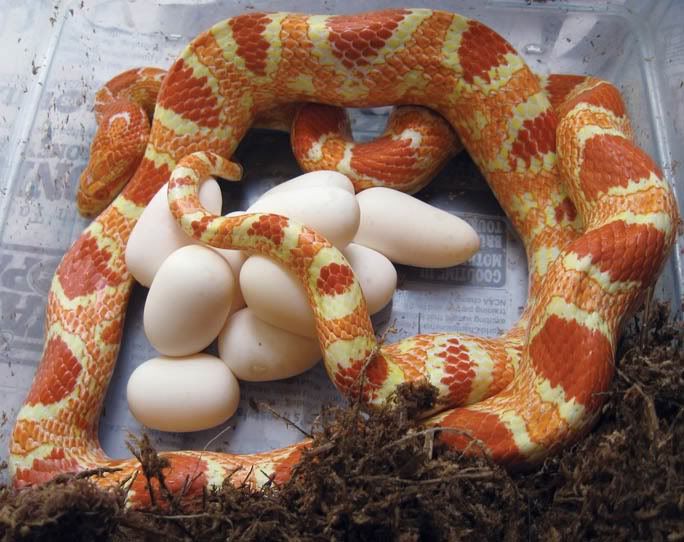mike0179
self-proclaimed huguenot
peat moss
sphagnum moss
sphagnum peat moss
What is the difference? I've been reading "The Corn Snake Manual" by Bill and Kathy Love and they suggest using sphagnum moss or vermiculite as an incubation substrate. Nobody near me sells vermiculite but I can get sphagnum peat moss easily. Will this work? Thanks!
sphagnum moss
sphagnum peat moss
What is the difference? I've been reading "The Corn Snake Manual" by Bill and Kathy Love and they suggest using sphagnum moss or vermiculite as an incubation substrate. Nobody near me sells vermiculite but I can get sphagnum peat moss easily. Will this work? Thanks!


